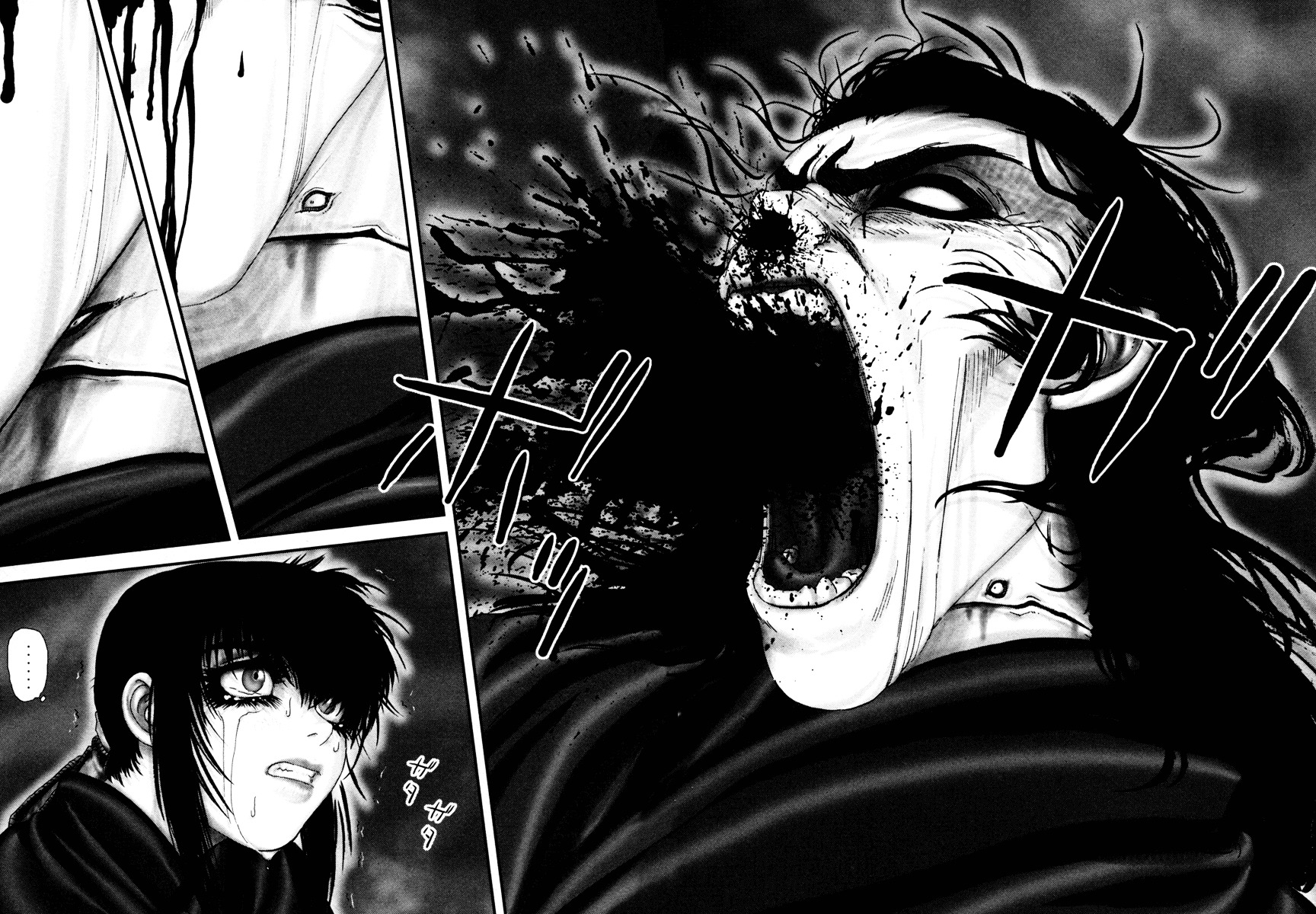

- #FORCE QUIT IN BASILISK II INSTALL#
- #FORCE QUIT IN BASILISK II DRIVERS#
- #FORCE QUIT IN BASILISK II DRIVER#
- #FORCE QUIT IN BASILISK II TRIAL#
- #FORCE QUIT IN BASILISK II PC#
The About screen of System 9.0.4 under SheepShaver: Recently I found a post which claims that it is possible with some modifications (and perhaps some associated problems). This is because System 9.1 requires the Memory Management Unit (MMU), which is not emulated by SheepShaver.
#FORCE QUIT IN BASILISK II PC#
System 9.0.4 is the last classic Macintosh version that can officially be emulated on a PC using SheepShaver.
#FORCE QUIT IN BASILISK II DRIVER#
It used to work with an audio CD when I tried it years back, but my Mac Mini now does not have a CD/DVD drive and Basilisk’s CD-ROM driver does not work with a virtual CD-ROM drive emulated by Daemon Tools or other similiar tools. Unfortunately, I did not have the chance to try the Audio CD player in System 8 this time. In the above example, IE4 displayed the closest representation of Wikipedia that would be shown by a modern browser. Most of these old browsers are too slow and buggy to be used on modern websites, due to the introduction of new HTML elements that are not understood by the browsers. MacShell, a terminal for System 7.5.5, albeit not useful because it only accepts simple command like man: selected menu with a different background color). Some DOS applications also appear to run in monochrome, but perhaps due to poor design, it is difficult to distinguish between certain screen elements (e.g.
#FORCE QUIT IN BASILISK II TRIAL#
The DOS keyboard mapping in Soft PC is also weird and I am not sure where to configure it correctly, other than by trial and errors. However, when mouse emulation is enabled, the speed is too slow to be used. As long as the folder does not have a lot of files and approach DOS 3.3 file system limitation, it will work. The easiest way is to use HFVExplorer to copy DOS applications onto a folder in the Mac hard drive and configure Soft PC to emulate a network drive pointing to that folder. However, it does not work because the Mac resource fork is lost during the copying process, and the modified image is not recognized by SoftPC as a hard disk image. I tried to use HFVExplorer copy the disk image to my PC, use WinImage to add files to the image and import it back to the emulated Mac. When setting up a new emulated hard drive, Soft PC will create a hard drive image file on the system drive. Emulating a floppy drive requires access to a physical floppy drive, which is not emulated by Mini vMac. How did I get these DOS applications to appear in Soft PC in the first place? Soft PC provides three ways, configurable from the Setup menu, for the emulated PC to access data, via floppy disk, hard disk, or a network drive.
#FORCE QUIT IN BASILISK II INSTALL#
I downloaded many of them from an abadonware website and install on my vMac: What would a computer be without some games? Well, there were plenty of games, both text and graphics, for the Macintosh Plus. In the end, I used a stereo audio loopback cable that connects the speaker output port to the line-in port, and the audio was recorded perfectly.
#FORCE QUIT IN BASILISK II DRIVERS#
It could be due to Windows 8, or due to the Mac Mini Bootcamp drivers for Windows.

I also tried a suggestion of recording from the microphone using the Stereo Mix option, only to find that no such option exists on my machine. This error is mentioned in the official website, with no solution available. Although CamStudio supports recording of audio output from the speaker, attempting to select Option > Record audio from speakers results in an error message “WaveoutGetSelectControl() failed.”. The above clips were captured using CamStudio for Windows. The PC did not come bundled with sound hardware, other than the PC speaker, until years later. It is amazing considering that the audio on a Macintosh Plus is generated using a 8-bit DAC at 22kHz sampling rate. See the following video and notice how the application says “Goodbye” when you choose to quit. After much effort I managed to grab a working version and make the Plus speak. Surprisingly there is a text-to-speech tool called Voice Box available for the Plus. This is probably very hard to find nowadays – MacroMind MusicWorks allows you to compose songs:Īnd MacroMind VideoWorks allows you to design nice animations that are playable on the Plus:Īnother VideoWorks video, this time with audio:


 0 kommentar(er)
0 kommentar(er)
